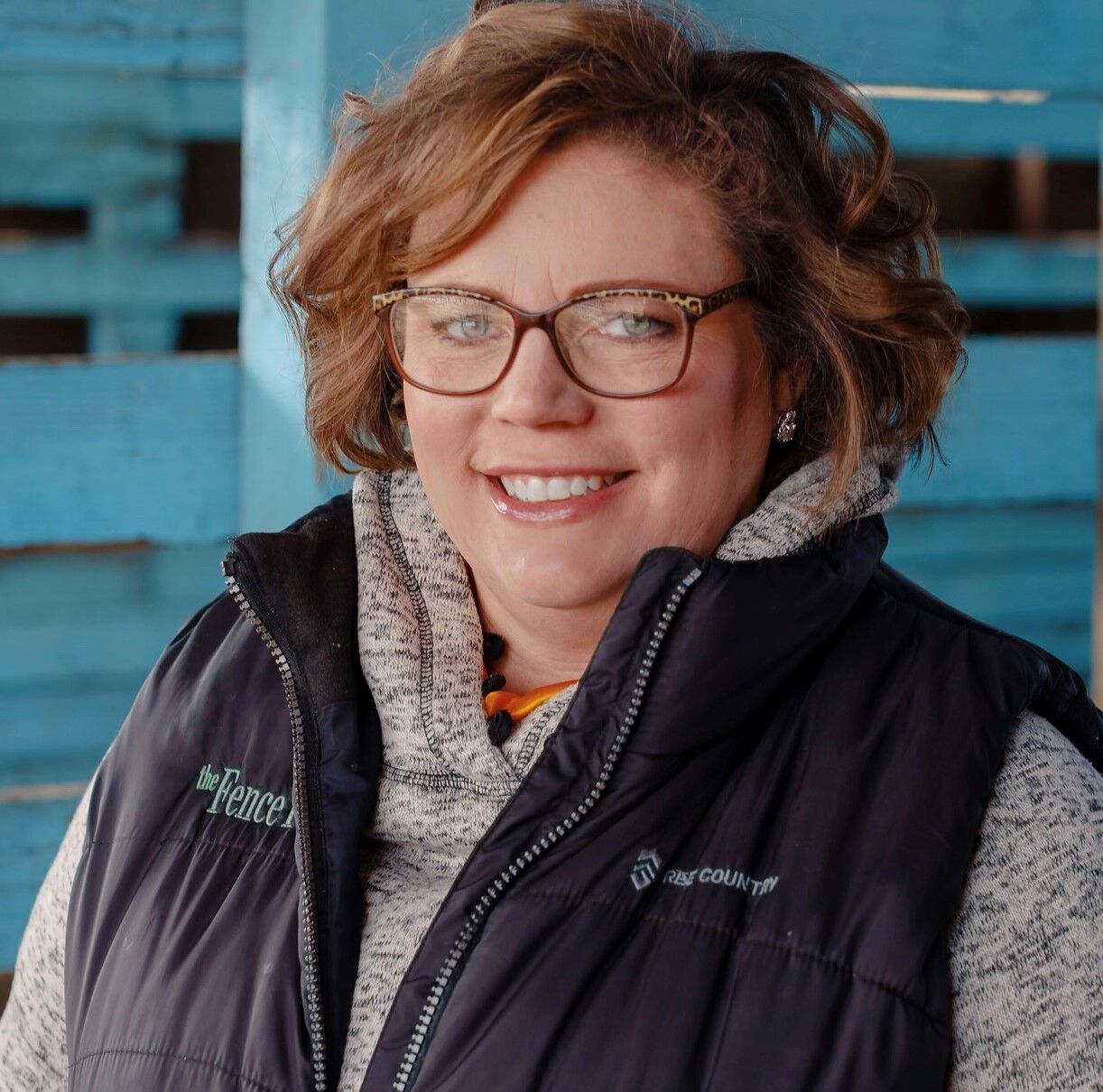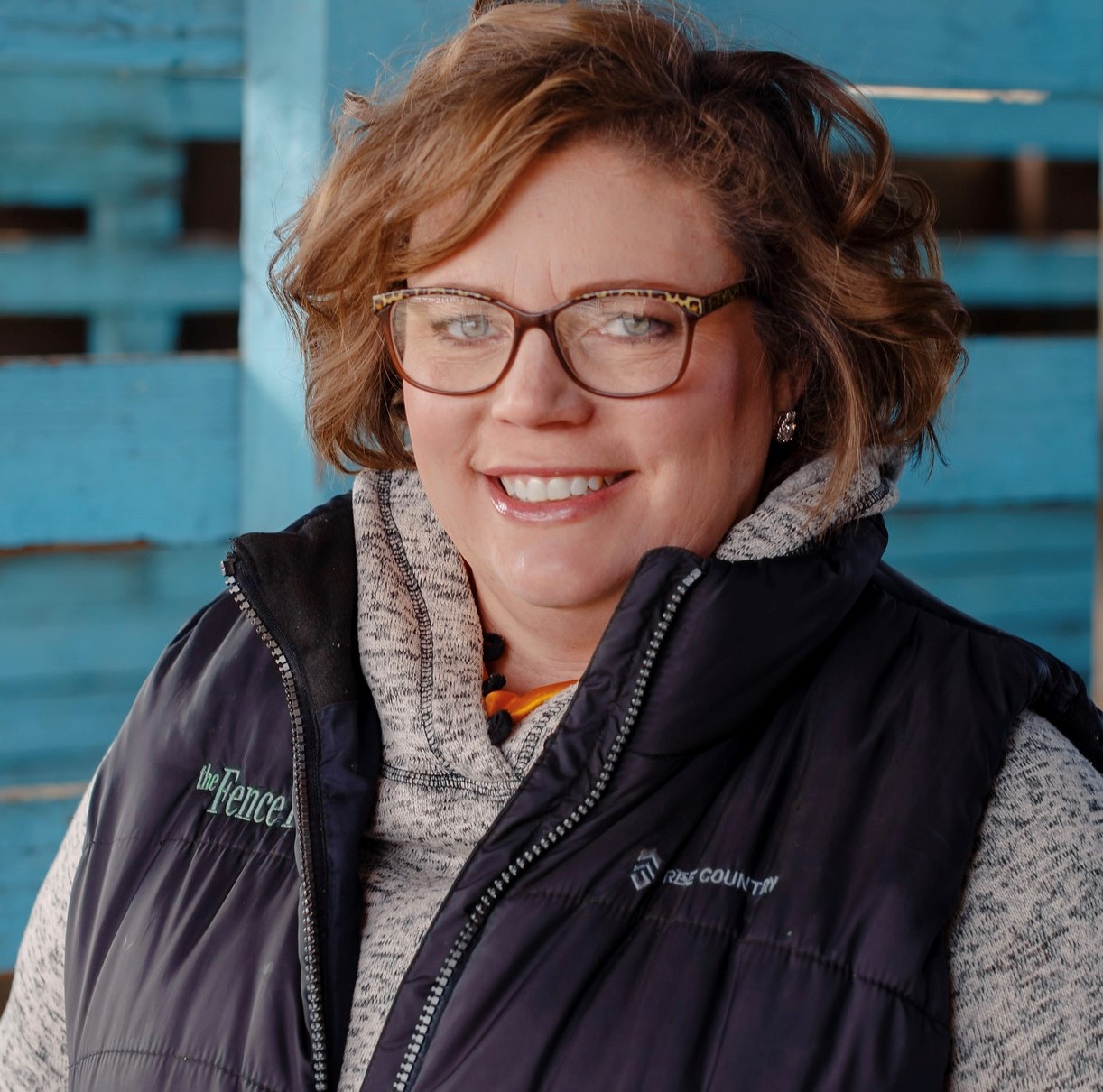A bill to secure our food supply | GABEL


A country that is unable to feed its people is a country that is unable to defend itself. That said, accessibility to affordable labor is key to maintaining the ag industry. American consumers enjoy the safest, most abundant and most affordable food supply in the world, even as this week’s Thanksgiving dinner costs 20% more than last year. The American Farm Bureau releases data annually about the cost of the celebratory meal and the increase this year is largely attributed to inflation, supply-chain disruptions and turkey number decreases as a result of avian influenza. If I had a dollar for every time I’ve typed “supply-chain disruption” since 2020, I would be able to absorb the price increase myself.
The Farm Workforce Modernization Act, which is the first legislation of its kind in decades, has passed the House and is currently being kicked around in the Senate. Bruce Talbott, a peach grower from Palisade, said despite the objections of the American Farm Bureau Federation, the bill is better than the current situation. It is a long and complicated bill with many changes and concessions.
The H-2A program allows agricultural employers to bring foreign nationals into the country to fill temporary or seasonal jobs. Of the more than 310,000 H-2A workers in the country, most in this state are seasonal harvest workers in the produce and specialty crop areas with a number also employed as range workers, like sheep herders.
Utilizing H-2A workers is profoundly expensive but it does better guarantee dependable labor than recruiting locally. Talbott said the wage this year – it increases annually – was $15.58 per-hour plus housing, a wage guarantee, utilities, transportation and visa costs and fees for a total cost of $20 per hour. With real inflation likely in the ballpark of 15%, he’s cringing and awaiting next year’s wage announcement.
Historically, ag employers from the east coast support a good quality ag worker program that works well over the long haul, while west coast ag employers tend to support programs that legalize the ag workforce already in country. Talbott said he tends to lean toward the east coast employers’ way of thinking, but said this bill, which came from the west coast, is better than nothing.
AFBF does not support the current version of the FWMA largely because they say it leaves agricultural employers open to frivolous lawsuits. Here in Colorado, the Farm Worker’s Bill of Rights has created a less business-friendly environment more like California than not, already leaving employers exposed to frivolous lawsuits and making it less of an issue in the bill for Colorado employers.
The push and pull of the two camps is at work here, with the east still pulling for the right bill and the west pushing for something right now that might help them salvage what is left. The number of growers, especially in the west, moving their operations to Mexico is significant. Employers are downsizing due in part to labor constraints. For many growers, expansion is out of the question, and for some, calling it quits is the answer. This bill won’t stop the bleeding, but it should slow it down.
Talbott said he wishes the bill carried a better cost containment aspect as this bill specifies prevailing wage rather than adverse wage, a move he said will penalize agriculture. The adverse wage is determined by the Department of Labor for H-2A workers specific to each state. Alternately, prevailing wage is the wage paid to workers doing similar work in one region. More flexibility in allowing H-2A workers to work for several employers and allowing ag employers to cooperate and share resources based on the seasonal needs of operations would be exceptionally helpful. He said he would also prefer the bill not reward the legal community with copious opportunities to sue employers. Talbott is a reasonable guy.
About 80% of Talbott’s operating expenses are sunk into labor costs. There’s only one way to pick peaches and it depends upon labor. The dairy and produce sectors are also sensitive to labor cost increases, even more so than grain and livestock operations. The majority of ag workers in the H-2A program working in Colorado come from Mexico, primarily from Michoacan and Guanajuato. The majority of range workers hail from Peru.
He admits the H-2A program is a beast, but without it, he couldn’t do business. Something similar could be said for the FWMA. Surely when it comes to food security, the bar could be a bit higher than “better than nothing.”
Rachel Gabel writes about agriculture and rural issues. She is assistant editor of The Fence Post Magazine, the region’s preeminent agriculture publication. Gabel is a daughter of the state’s oil and gas industry and a member of one of the state’s 12,000 cattle-raising families, and she has authored children’s books used in hundreds of classrooms to teach students about agriculture.













